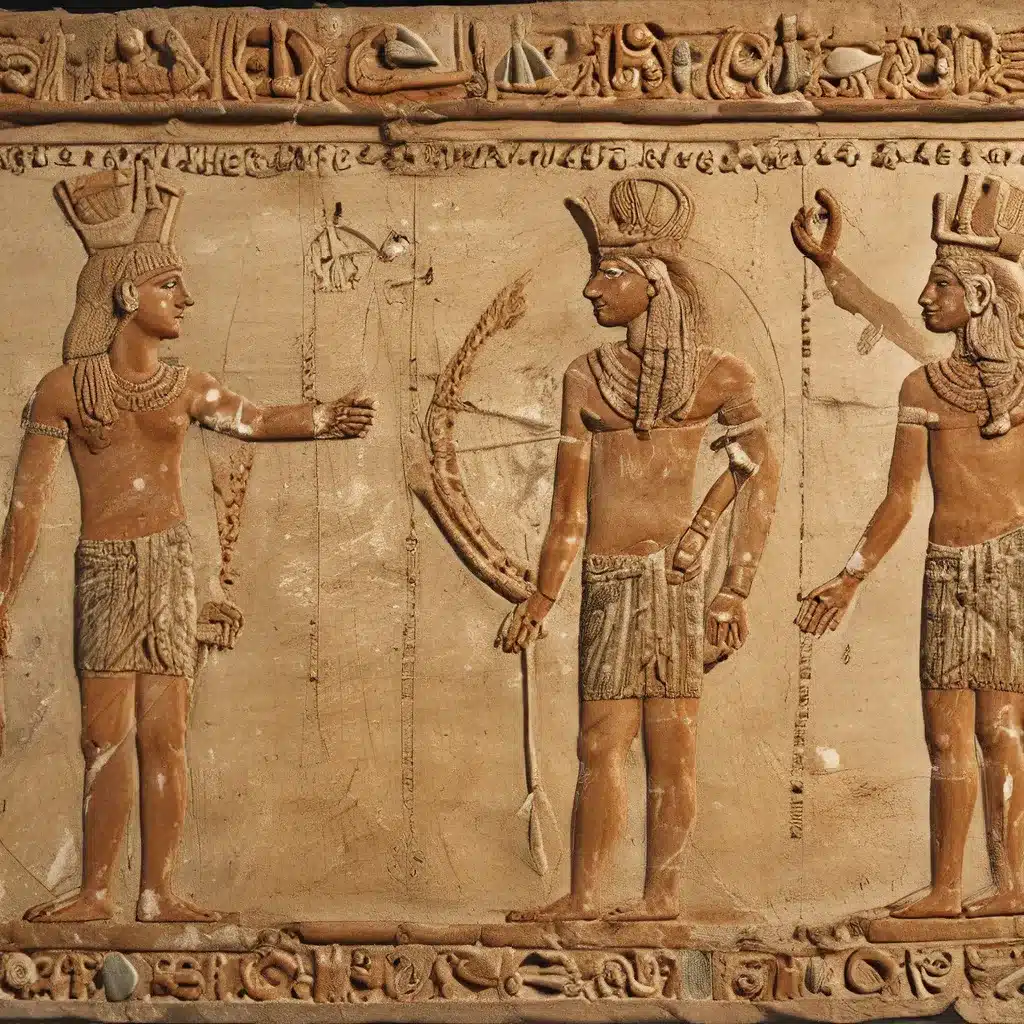
Exploring the Age of Discovery and the Rise of Global Trade
The Age of Discovery, a pivotal period in human history, witnessed the remarkable nautical exploits and maritime trade of ancient civilizations that forever transformed the world. As explorers from Europe ventured forth, they encountered diverse cultures, established trade routes, and unlocked the secrets of the sea, paving the way for unprecedented global interconnectivity.
From the ancient Phoenicians’ mastery of the Mediterranean to the Ming Dynasty’s expansive voyages, these seafaring societies wielded their maritime prowess to shape the course of history. Through meticulous archaeological excavations and the deciphering of historical records, we have uncovered a tapestry of cultural exchanges, technological advancements, and geopolitical transformations that have profound implications for our understanding of the past.
Unearthing the Seafaring Prowess of Ancient Civilizations
One of the most captivating aspects of ancient maritime history is the technological innovations that enabled these civilizations to conquer the high seas. The development of sturdy ship-building techniques, the invention of navigational instruments, and the refinement of sailing strategies allowed these ancient mariners to venture forth, explore uncharted territories, and establish lucrative trade networks.
The Age of Discovery, for instance, witnessed the rise of the caravel, a lightweight and maneuverable vessel that revolutionized ocean exploration. Coupled with the magnetic compass and astronomical navigation, these technological advancements empowered European explorers to traverse vast distances, establish colonies, and engage in global exchange.
Similarly, the Phoenicians, renowned for their seafaring prowess, developed innovative ship designs and navigational methods that allowed them to dominate the Mediterranean trade networks. Their alphabetic writing system, which facilitated the recording of trade agreements and maritime activities, has had a profound impact on the development of modern writing.
The Cultural and Economic Impact of Ancient Maritime Trade
The maritime trade networks established by ancient civilizations had far-reaching cultural and economic implications. Through the exchange of goods, ideas, and technologies, these seafaring societies fostered cross-cultural connections and facilitated the spread of cultural practices, such as the adoption of new religions, the sharing of artistic traditions, and the diffusion of culinary influences.
The spice trade, for example, was a significant driver of ancient maritime commerce, with civilizations like the Roman Empire and the Byzantine Empire vying for control of these lucrative routes. The quest for rare and valuable commodities, such as silk, porcelain, and precious metals, fueled the expansion of maritime empires and shaped the geopolitical landscape of the ancient world.
Invasive species, introduced through the movement of goods and people along these trade routes, also had a significant impact on the ecological balance of various regions, highlighting the far-reaching consequences of ancient maritime activities.
Decoding the Mysteries of Ancient Maritime Archaeology
The study of ancient maritime archaeology has been instrumental in revealing the complexities and significance of these seafaring societies. Through the meticulous excavation of shipwrecks, the analysis of port infrastructure, and the interpretation of historical texts, researchers have shed light on the technological advancements, trade practices, and cultural exchanges that characterized ancient maritime civilizations.
The first rulers of the Mediterranean were often seafaring societies, whose naval supremacy and commercial prowess played a pivotal role in shaping the geopolitical landscape of the ancient world. The discovery of ancient harbor complexes, sunken vessels, and cargo manifests has provided invaluable insights into the logistics and scale of these maritime trade networks.
Moreover, the investigation of submerged archaeological sites has unveiled underwater cities, sunken fortresses, and ancient shipyards, offering a glimpse into the maritime cultural heritage of long-forgotten civilizations. These discoveries have not only expanded our understanding of the past but have also sparked the imagination of scholars and the general public alike, fueling a growing interest in the exploration of our ancient maritime heritage.
Emerging Theories and Ongoing Debates in Ancient Maritime History
As the field of ancient maritime history continues to evolve, researchers are grappling with new theories and interpretations that challenge our existing understanding of these seafaring societies. From the reexamination of ancient trade routes to the reevaluation of the role of women in maritime activities, these ongoing debates are shaping the way we perceive the complexity and dynamism of ancient maritime civilizations.
For instance, the discovery of ancient shipwrecks in unexpected locations has led scholars to reevaluate the extent of ancient maritime trade networks, questioning long-held assumptions about the geographical boundaries and the directionality of these commercial exchanges. Similarly, the analysis of archaeological evidence has shed light on the diverse cultural influences that shaped the architectural styles and technological innovations of ancient maritime societies, challenging the traditional Eurocentric narratives of history.
As we continue to uncover the secrets and wonders of ancient maritime history, we are reminded of the enduring human curiosity, resourcefulness, and resilience that have driven these seafaring societies to venture forth, explore the unknown, and leave an indelible mark on the course of human civilization. The story of ancient maritime trade is not merely a tale of commercial exchange but a testament to the transformative power of human ingenuity and the interconnectedness of our global heritage.


